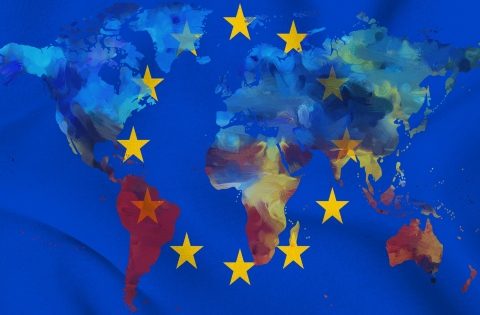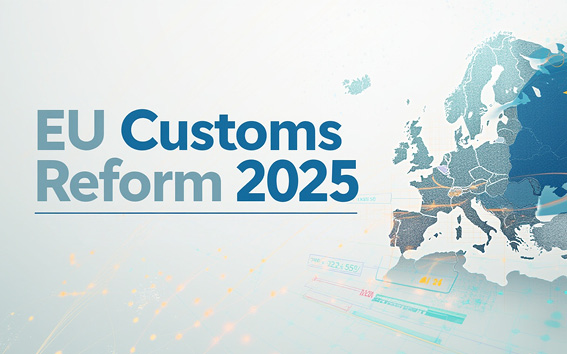Dual-use Regulation 2021/821
The new EU Dual-Use Regulation was already adopted in March 2021. On May 10, 2021 the European Council also formally adopted the regulation, so that it was published in the Official Journal of the EU on June 11, 2021. 90 days later, from September 9, 2021, the new regulation will now enter into force.
The regulation includes:
- Modernization of the EU export control system
- Mediation and technical assistance
- Transit and transfer of dual-use items (dual-use goods, software and technology, can be used for both civilian and military purposes)
- Certain facilitations through new forms of licenses for companies
- Stricter control requirements for exports of certain interception and surveillance technology
- Increased cooperation between member states through new coordination mechanisms
- Increased cooperation level between licensing and customs authorities of the EU
- Greater transparency in the EU Commission’s annual report
What initial proposals are not in the final regulation?
The following Commission or Parliament proposals did not make it into the regulation. These are:
- an EU-autonomous list of goods
- a new terrorism catch-all clause or due diligence obligation
- licensing requirement for technical assistance, brokering and transit of non-listed dual-use items
- Limitations on the duration of licenses (to one year)
- ICP requirement for all licensing procedures
- New licensing criteria
- EU general license for low-value goods shipments and frequency converters
- EU general transfer licence for Annex IV goods
From the point of view of export control officers and the business community, this is certainly one or two reasons to breathe a sigh of relief. The introduction of the EU-autonomous list of goods alone would have had far-reaching consequences.
What does the reform include?
The licensing requirement for listed goods in Annex I in Article 3 and the catch-all regulations for non-listed goods in Article 4 remain unchanged. In addition, there is a new catch-all regulation in Article 5 for the export of non-listed digital surveillance items. The goods covered by this term are defined in the definitions in Article 2 No. 20.
How can companies best respond to the changes?
- Revise and adapt existing ICP and work and organizational instructions
- Expand red flag regarding monitoring technology and human rights
- Review new procedural simplifications
- Implementation of BAFA guidelines and leaflets
- Create necessary export control legal structures (ICP, stop functions, instruction rights)
- Training and sensitization of employees
How does the regulation affect cooperation in the EU?
The new Dual-Use Regulation aims to better promote cooperation within the EU. Article 10 of the regulation allows EU member states to access national goods lists of other member states, enabling a faster response. Previously, one’s own list position had to be included in a national dual-use goods list or wait until one was listed internationally by export control regimes. This can now be skipped and existing listings can be accessed directly.
When the new regulation comes into force, two new General Export Authorizations will apply to all companies based in the EU. In addition, a uniform export control system of all EU member states is to be created. Certain provisions are intended to enable closer cooperation between licensing authorities. Article 24 provides a legal basis for the establishment of a coordination group consisting of representatives of the individual states. This group is to examine and discuss issues arising from the application of the regulation by the individual member states.
Correct coding and documentation – Our suggestion:
Simplify your dual-use research with a software wizard by calling up the relevant EZT information based on the customs tariff number of your goods. In this way, you can document exactly how which employee fulfilled the obligation to code correctly and when. You can then also be notified of any changes to the Dual-Use Regulation for the goods in question, so that you are always up to date.



